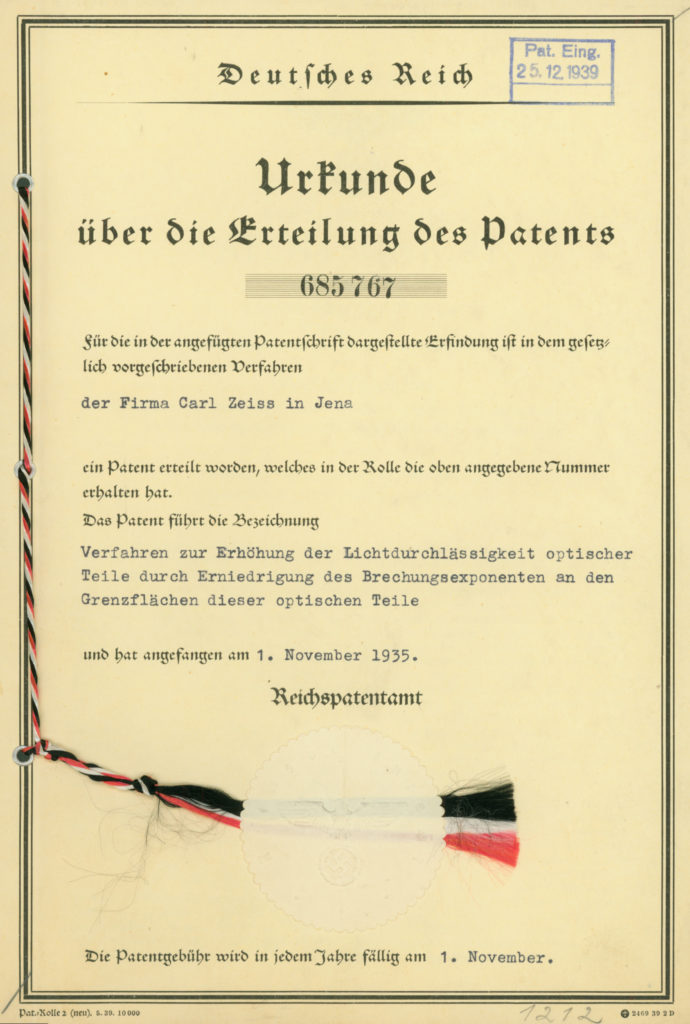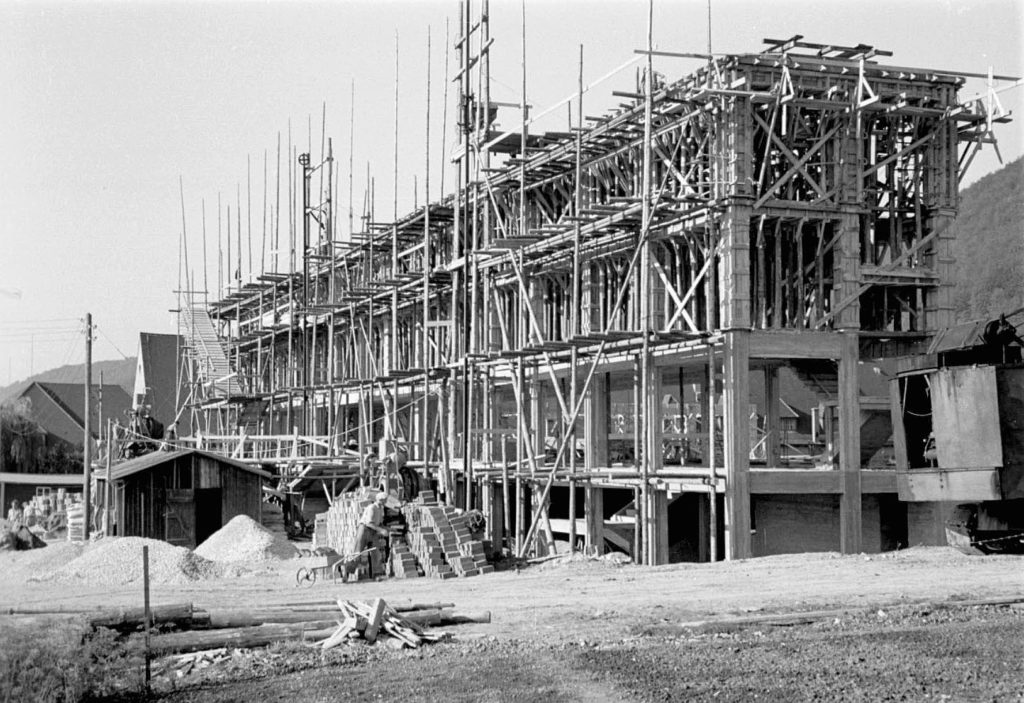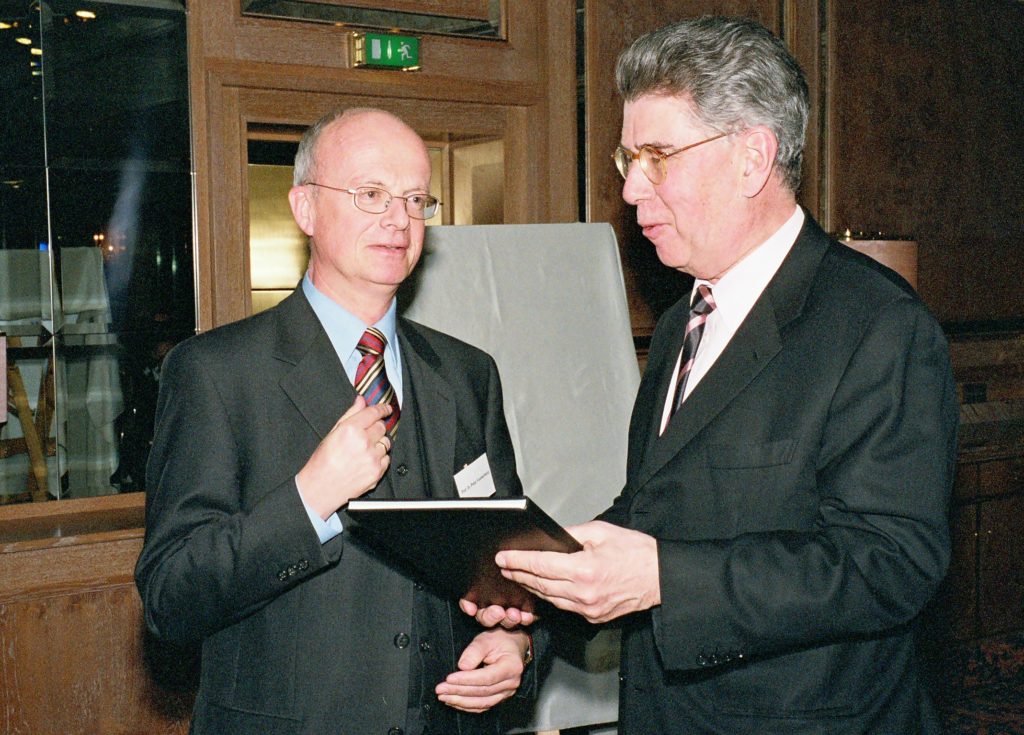ZEISS Company History
On the occasion of the company’s 175th anniversary, ZEISS is offering an exciting look back and forward at the company and its history in a series of historical articles on the company’s history and its influence on the development of innovations and today’s technologies in the fields of hunting and nature observation.
World War I, the global financial crisis, and World War II were years of ups and downs. When Germany was divided after the war, the world-famous ZEISS factory in Jena also became two companies: the state-owned VEB Carl Zeiss Jena in East Germany and Carl Zeiss West Germany in Oberkochen. Confrontation, coexistence, and finally reunification of the two unequal companies followed. But now one after the other…
World War I interrupted work on civilian equipment. During the war, ZEISS manufactured products almost exclusively for military use – first and foremost binoculars and rangefinders. In 1917, ZEISS began incorporating the first wide-angle eyepieces into its binoculars, which were based on a development by the designer Heinrich Erfle. In 1920, the ZEISS Zielacht was launched – the first riflescope with eightfold magnification and remarkable twilight performance for the time. The first variable magnification riflescopes – the Zieldovier and Zieldosechs – followed just two years later. During the years of National Socialist rule, ZEISS increasingly focused its scientific and production technology potential on the requirements of the war economy. But it wasn’t only new designs that fueled the industry at that time – seemingly small developments went on to have a decisive impact on the company’s products and ended up preserving ZEISS’ role as a technical pioneer. Starting in 1933, light metals were predominantly used to replace brass and zinc in housing design. In 1935, ZEISS engineer Dr. Alexander Smakula developed an anti-reflective coating that increased the light transmission of binoculars by 50 percent – this “transmission coating” is identified by a T* and continues to define the outstanding reputation of ZEISS optics to this day.

Patent document issued to Carl Zeiss for its invention of the ZEISS T* coating.©ZEISS Archives
In the summer of 1945, American troops took leading ZEISS scientists and crucial design and construction documents to western Germany, significantly weakening the scientific potential of the East. The former employees from Jena then established a new company in the city of Oberkochen in the present-day western German state of Baden-Württemberg. In Jena, reconstruction began in the summer of 1947.

Not only did the two ZEISS locations resume production of the company’s traditional range of products in the late 1940s and throughout the 1950s, but the scientists and designers at both companies also turned their attention to new fields of development.
Examples of this included electron microscopes and the nuclear track microscope that Jena built for the Institute for Nuclear Research near Moscow. Both companies also went back to producing large-scale astronomy equipment.
The Oberkochen-based company became increasingly successful, so it was only a matter of time before the political tone between the East and West started to escalate. In the East, the party and the state increasingly determined the company’s direction and, above all, its export activities. In 1953, collaboration between Jena and Oberkochen was forced to cease. Disputes over trademarks continued around the world until 1989.
After German reunification, the two companies officially merged back together, however the employees were still not yet acting together when it came to issues of organization and strategy. The reunified company suffered a crisis in the mid-1990s. Significant cutbacks in the workforce and the product range helped ZEISS to resume its successful trajectory. Many even believe that this drastic restructuring was the only thing that saved Carl Zeiss from ruin. Semiconductor technology was the primary force driving this development, resulting in extraordinary growth figures. In addition to the success of the Semiconductor Technology business group, the Industrial Metrology business group was also booming. Then, in 1999/2000, the lasting effects of the company’s restructuring were demonstrated once and for all.
In 2004 – after lengthy negotiations – the reform of the Carl Zeiss Foundation came into effect and the company was transformed into a stock corporation wholly owned by the Foundation. Today, Carl Zeiss AG is a holding company with several subsidiaries. In addition to the original sites in Oberkochen and Jena, its most important production sites worldwide are Wetzlar and Göttingen in Germany, Dublin and Minneapolis in the US, and Shanghai in China. Wetzlar, as a center of optical and precision engineering thanks to Moritz Hensoldt, has been the German production site of ZEISS binoculars, riflescopes, and spotting scopes since 1928 when it was bought by the Carl Zeiss Foundation.

After lengthy negotiations, the reform of the Carl Zeiss Foundation came into force in 2004. ©ZEISS Archives
In the next part of this series, we will look at the pioneering advances in optics that ZEISS has achieved and how they are still shaping today’s technologies.